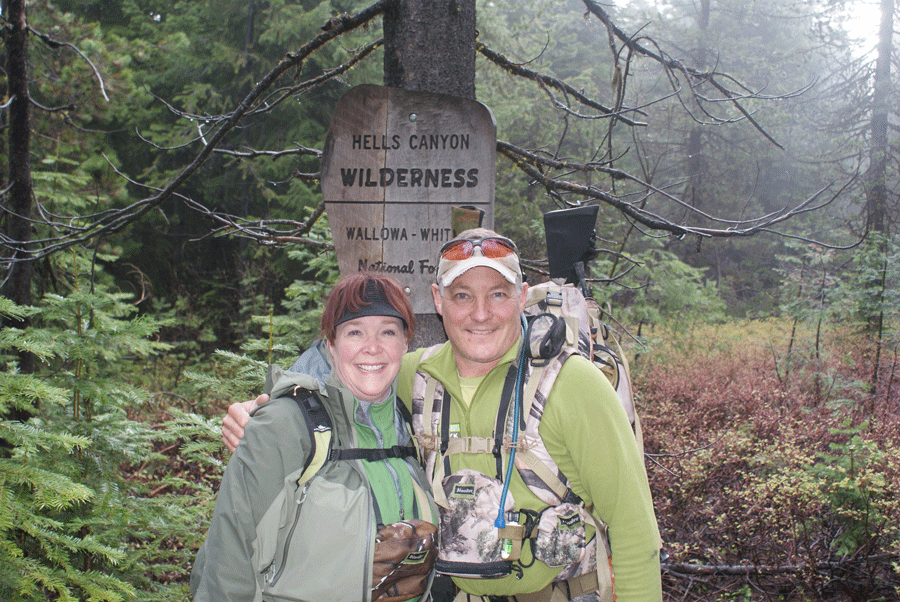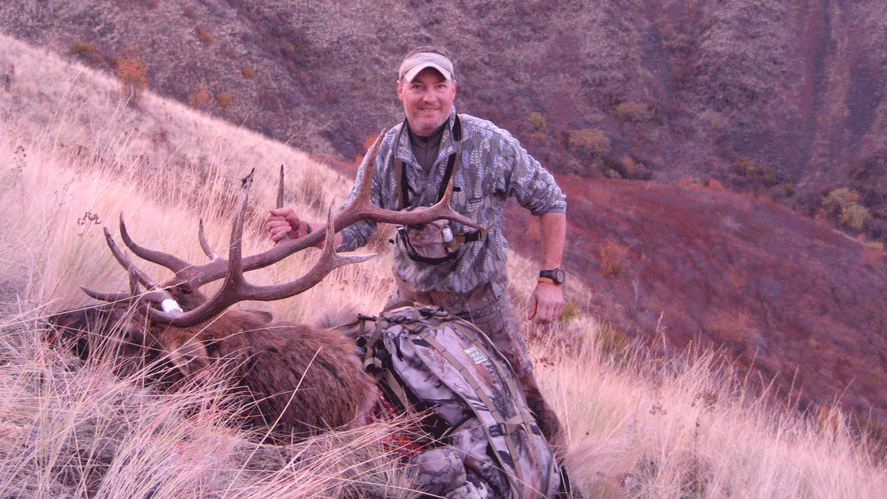Just as federal investments in largescale restoration efforts are being made, the EPA’s proposal would undermine water quality in one of America’s top fishing destinations
It’s bad enough that the EPA has proposed a rule that will leave more than 50 percent of wetlands and 18 percent of stream miles nationwide without Clean Water Act protection, making fish and wildlife habitat more vulnerable. But the rule could also worsen existing conservation crises in places like the Everglades.
In fact, the EPA’s proposed rule could leave at least 4 million acres of wetlands throughout the Everglades without clean water protections. And in Florida’s Panhandle region, an additional 800,000 acres of wetlands lack direct surface connection to other waters and would therefore lose out.
Florida has already lost more wetland acreage than any other state in the lower 48—nearly half of what it had historically. Now, this rule would make it easier to drain, develop, or pollute wetlands
These wetlands not only provide critical waterfowl habitat and flood protection, but they also filter out harmful pollutants. Phosphorus levels in Lake Okeechobee are already more than three times the recommended limit, and if wetlands aren’t filtering the flow of harmful nutrients into the Everglades and surrounding waters, this could mean more toxic algal blooms, red tide, fishkills, and beach closures that negatively affect recreational fishing opportunities.
Further, if landowners are no longer required to protect wetlands on private lands, then they won’t apply for Farm Bill or Fish and Wildlife Service programs that help preserve wetlands at the top of the Everglades watershed. This important marshy area north of Lake Okeechobee acts as a sponge and slowly releases water into the lake, through the Everglades, and eventually out into Florida Bay. Eroding protection for these wetlands could exacerbate existing problems with increased salinity levels and seagrass die-offs.
It’s no time to weaken clean water standards in Florida—the Department of Environmental Protection reports poor water quality for 28 percent of the state’s river and stream miles and 25 percent of total lake acreage.
Decision-makers are finally following through on years of promises and funding restoration work in America’s Everglades. Why would we roll back clean water protections just as this work to improve water quality gets underway?
Take action before April 15 to stand up for clean water and healthy habitat in one of the country’s most beloved fishing destinations.
Photo by Vincent Lammin via flickr.









We MUST PROTECT OUR WATER RESOURCES AT ALL COST!
Every citizen wants clean water- this is a travesty.
This assault on America’s waters has to be defeated. The 2015 WOTUS definition MUST be upheld and be implemented because THAT will protect our resources – all our water resources – well into the future. Especiallyif your Member of Congress nad/or Senator(s) are Republicans, you MUST speak up and let them know you oppose the administration’s proposed rule. ONLY they have a chace to effect a change in teh White House. Do it today!
I believe the Clean Water Act should be unaltered so that it can continue to protect water quality through-out the US.
Why do we continue to question the importance of wetlands, and clean water? The facts are so overwhelming? The mid-west is struggling with yet another severe flood event, and the corn-belt continues to hemorrhage excess grain and low commodity prices. Wetlands are such a good investment-flood protection, clean water, wildlife habitat, and yea, think about all the dollars they bring-in in recreational opportunities. Small, isolated wetlands provide functions that permanent ponds do not. They need to be dry for part of the year!